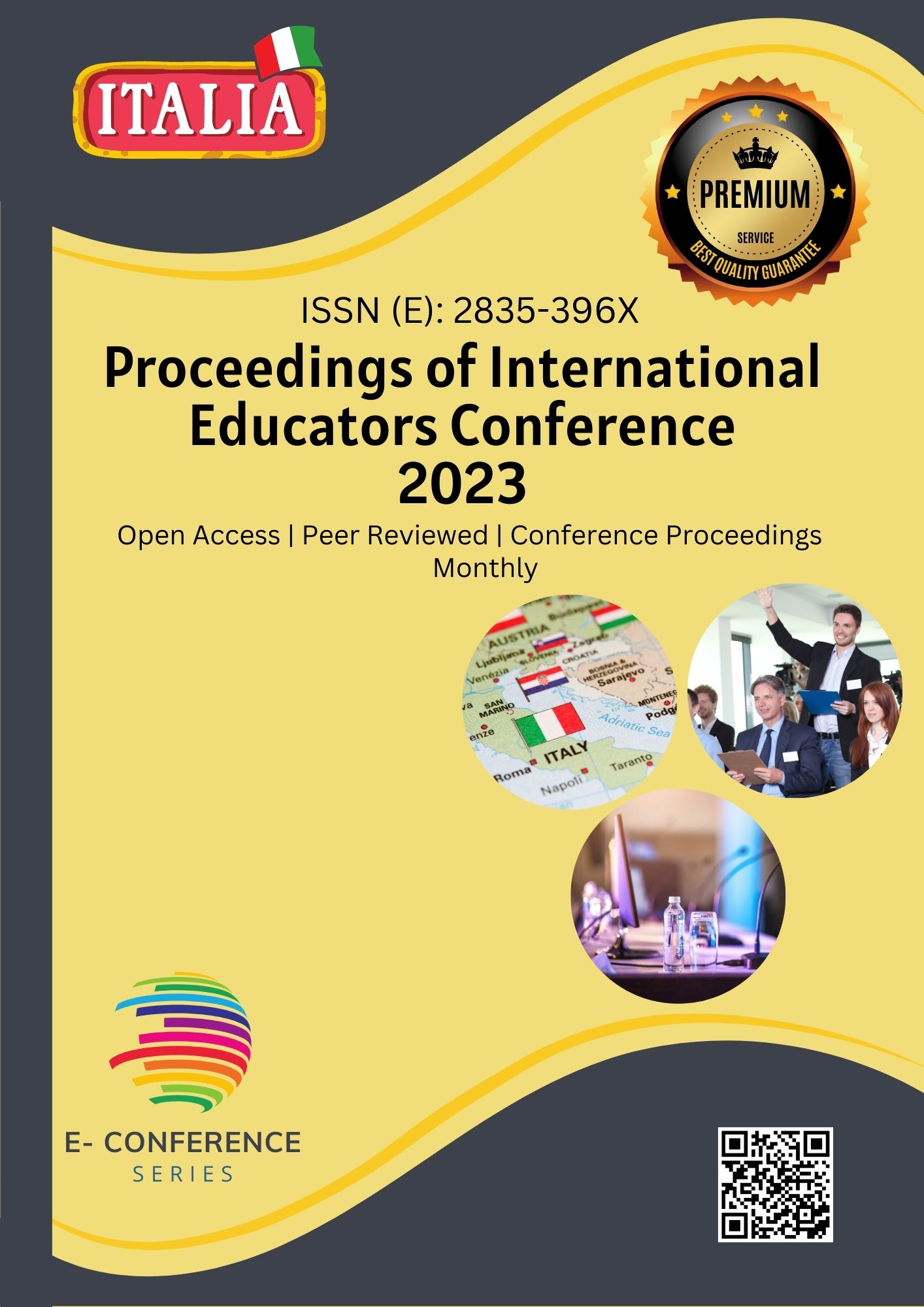"PRESERVATION OF INTANGIBLE CULTURAL HERITAGE: TRADITIONS, LANGUAGES, AND PRACTICES"
Keywords:
documenting, disseminating, and revitalizing endangered languages and traditionsAbstract
The preservation of intangible cultural heritage (ICH) presents a multifaceted challenge in the modern world, where globalization and technological advancements continually reshape cultural landscapes. This thesis explores the complexities and strategies involved in safeguarding traditions, languages, and practices that constitute the essence of cultural identity. It delves into the significance of ICH as a repository of collective memory, creativity, and social cohesion, emphasizing its dynamic nature and adaptive resilience in the face of contemporary pressures.
The thesis examines various dimensions of ICH preservation. It investigates the roles of communities, individuals, governments, and international organizations in protecting and promoting ICH at local, national, and global levels. Special attention is given to the role of digital technologies in documenting, disseminating, and revitalizing endangered languages and traditions, while also exploring the ethical considerations and challenges inherent in digital preservation.
References
Graham, B., & Howard, P. (Eds.). (2008). The Ashgate Research Companion to Heritage and Identity. Farnham, UK: Ashgate.
García Canclini, N. (1995). Hybrid Cultures: Strategies for Entering and Leaving Modernity. Minneapolis: University of Minnesota Press.
Howard, P. (2003). Heritage: Management, Interpretation, Identity. London: Continuum. 4.Meros Paper Mill in Samarkand. https://globalconnect.uz/uzbekistan/sights/samarkand/paper-mill-in-konigil 5.Meros Paper Mill, Konigil https://uzbek-travel.com/about-uzbekistan/monuments/konigil/
Meskell, L. (2002). The Intersections of Identity and Politics in Archaeology. Annual Review of Anthropology, 31, 279-301.
Nakagawa, C., & Tsuchiya, J. (Eds.). (2019). Cultural Heritage and Sustainable Development in Japan. Tokyo: Springer.
Riegl, A. (1982). The Modern Cult of Monuments: Its Character and Its Origin. Vienna: Austrian Academy of Sciences Press.
Smithsonian Center for Folklife and Cultural Heritage. (2008). Cultural Conservation: Preservation and Maintenance of Intangible Cultural Heritage. Washington, DC: Smithsonian Institution Press.
Smith, J. (2020). "Preserving Intangible Cultural Heritage: Challenges and Strategies." International Journal of Cultural Heritage, 15(2), 123-140. 11.The Konigil Meros Paper Factory, Samarkand https://www.advantour.com/uzbekistan/samarkand/meros-konigil.htm 12."Tutankhamun: Treasures of the Golden Pharaoh" exhibition. https://www.youtube.com/watch?v=dJYxr2TtJA8
UNESCO. (2003). Convention for the Safeguarding of the Intangible Cultural Heritage. Retrieved from https://ich.unesco.org/en/convention
Downloads
Published
Issue
Section
License

This work is licensed under a Creative Commons Attribution-NonCommercial 4.0 International License.








